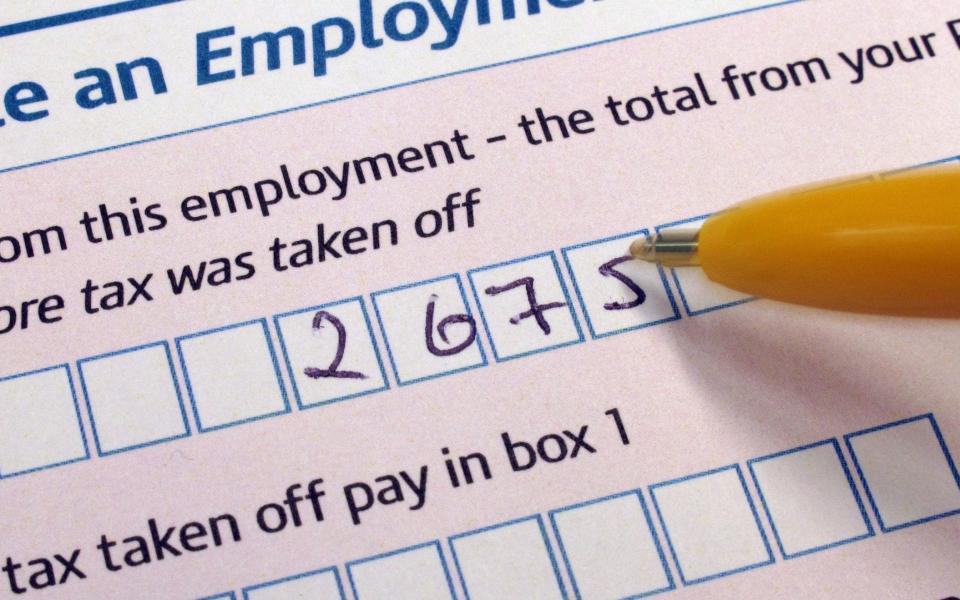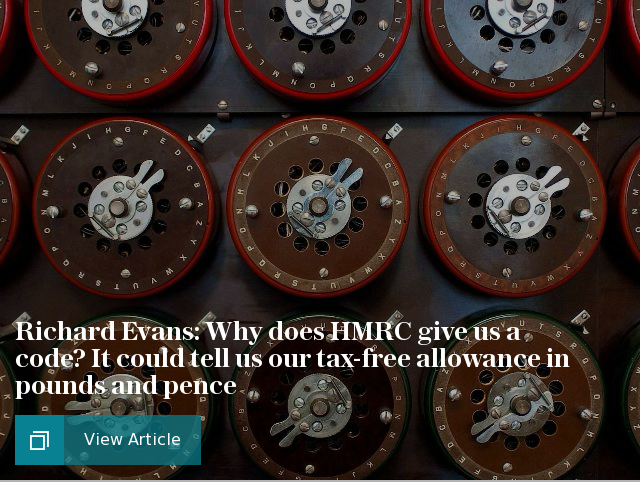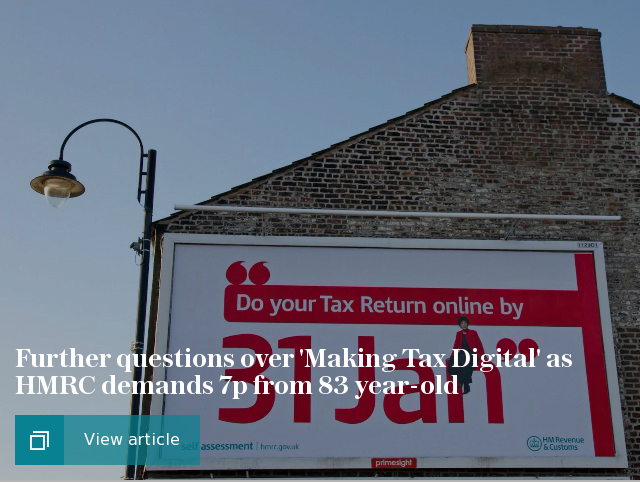How to check your tax codes - and what do they mean?

Every January, around 11 million people complete their tax return to provide HMRC with information about their income - and every year, many of us struggle with the process.
From remembering your tax code to working out what the letters in it mean, the first month of the year can often involve a lot of head-scratching.
However the process is actually quite simple. To help ease the pain ahead of the January 31 deadline, here is a step-by-step guide to checking your tax code. If it looks wrong or your have further queries, contact HMRC.
First, find your tax code
If you have lost your PAYE coding notice, you can get your tax code in other ways. If you're unemployed or between jobs, it will be on your P45. If you have lost it then give HMRC your National Insurance number and tax reference number and they should be able to tell you. If you use the Government's online system to file your tax return you can find your PAYE code on there.
Don't assume that the taxman knows what he is doing
It is tempting to assume that your tax code is accurate. However, HMRC does not wait until you have filed your tax return for the January 31 deadline before sending out your code in February, so they do not have the most recent information. It is up to you to point out any errors they may have made.

Check the basics
The first warning bells on your tax code should come from checking the other information on the coding notice, rather than the code itself. Is your name, address and National Insurance number right? The notice will also state: "You need a tax code so (your employer's name) can work out how much tax to take off." If you no longer work for that employer, something is wrong.
Look at the letters
The next thing to check is the letter at the front of your tax code. L is used for anyone getting the basic personal allowance. P is used for those aged between 65 and 74 getting the full personal allowance. Y for those 75 or over getting the full personal allowance. V is used for those aged between 65 and 74, eligible for the full personal allowance and the married couple's allowance who just pay basic rate tax.
K means you get no tax-free pay or owe money to HMRC. T means HMRC needs further information so cannot allocate another code. BR means that you are taxed at the basic rate. DO means you are taxed at the higher rate without allowances (usually used for a second job or a pension). NT means that no tax is to be taken from your income or pension.
Now add up the numbers
The numbers on your tax code are worked out as follows. Firstly your tax allowances, then income you've not paid tax on – part-time earnings or untaxed interest – and any taxable employment benefits are added up. This figure is then taken away from the tax allowance and divided by 10. This is added to the relevant letter and becomes your tax code.

If you want to ask a question us a question, email moneyexpert@telegraph.co.uk

 Yahoo Finance
Yahoo Finance 